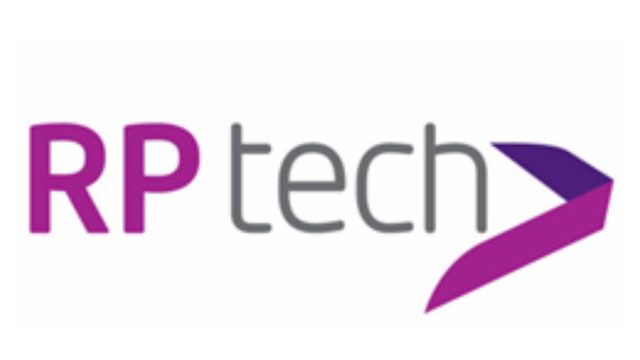2 mins read
Smart Cities Start Up New Ways For IT Industry

A smart city reflects integration, coordination and synergy of different participants in the ecosystem. These
Tags:
- continuous water supply
- efficient power distribution
- ensuring safety of people
- healthy environment
- intelligent traffic
- minimal human intervention
- siemens smart cities
- Smart
- smart cities 2012
- smart cities conference
- smart cities ibm
- smart cities in the world
- smart cities india
- smart cities list
- smart city concept
- transportation management systems







